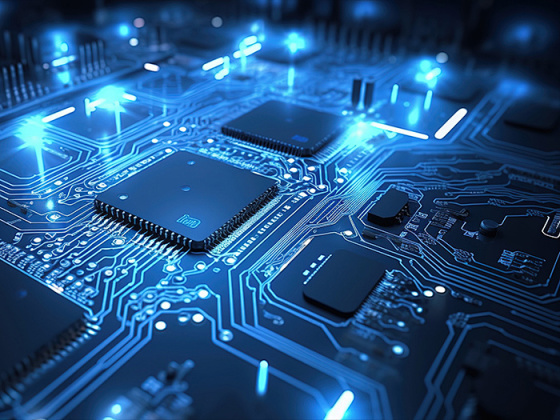Navigating the Nuances of Metal Core PCBs: Essential Considerations
Apr 28,2025

Understanding Metal Core PCBs
When it comes to electronics, one term that’s been buzzing in the industry is metal core PCB. These specialized printed circuit boards are renowned for their thermal management capabilities, making them a go-to choice for high-power applications. But hold your horses! Before diving headfirst into the world of metal core PCBs, let’s explore some essential considerations that can make or break your project.
Why Choose Metal Core PCBs?
First off, you might be wondering, "Why opt for metal core PCBs over traditional FR4 boards?" Well, the answer is simple: heat dissipation. In high-power scenarios, components can generate a hefty amount of heat. Metal core PCBs, typically made from aluminum or copper, provide superior thermal conductivity, thus keeping your components cool and your circuits running smoothly. It’s like having an air conditioner for your electronics!
Key Considerations When Designing
Alright, now that we’ve established the benefits, let’s talk about some critical considerations:
1. Thermal Management
As mentioned, thermal management is key. You need to consider how heat will be dissipated across the board. Ensure that the layout allows for proper airflow and that components are strategically placed. Don’t underestimate the importance of thermal vias and heat sinks!
2. Material Selection
Choosing the right substrate material for your metal core PCB is crucial. While aluminum is popular, copper offers even better thermal conductivity. However, it does come at a higher cost. So, weigh your options carefully. Remember: sometimes you get what you pay for!
3. Layer Count
More layers can mean more complexity. If your design calls for multiple layers, ensure that the manufacturing process can accommodate them without compromising thermal performance. It’s a balancing act, folks!
4. Cost Considerations
Let’s face it: budget constraints can be a real pain. Metal core PCBs tend to be pricier than their FR4 counterparts. Be sure to factor in both the material costs and any additional manufacturing expenses. A penny saved is a penny earned, right?
Manufacturing Process Insights
Now that you’ve got your design down, it’s time to talk about manufacturing. Metal core PCBs require specific processes. For instance, the etching process must be carefully controlled to avoid damaging the metal substrate. Plus, be aware that drilling holes in metal can be a bit trickier than in standard boards. So, don’t cut corners—partner with a reputable manufacturer who knows the ropes!
Testing and Validation
Once your metal core PCB is manufactured, rigorous testing is a must. Conduct thermal performance tests to ensure your board can handle the heat. A little testing goes a long way in preventing future headaches!
Final Thoughts
In conclusion, while metal core PCBs offer fantastic advantages, they also come with their own set of challenges. By considering factors such as thermal management, material selection, and manufacturing processes, you’ll be well on your way to creating reliable and efficient designs. So go ahead, dive into the world of metal core PCBs, but remember to keep these considerations at the forefront of your project. Happy designing!
Contact Us
E-mail :
shirley@threestar.com.tw
E-mail :
joyce@threestar.com.tw
E-mail :
johnhan@threestar.com.tw


